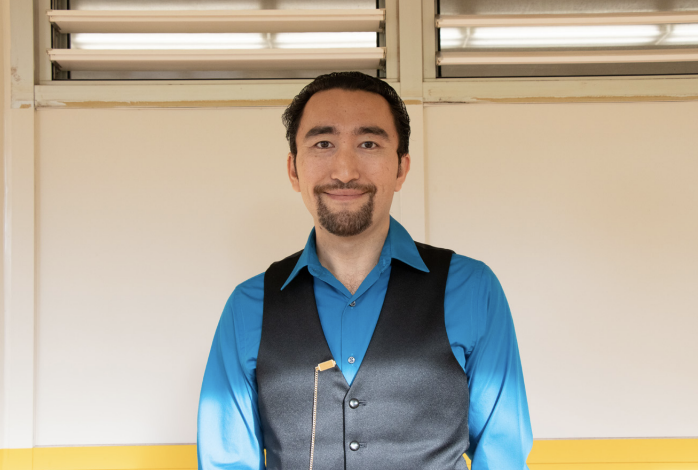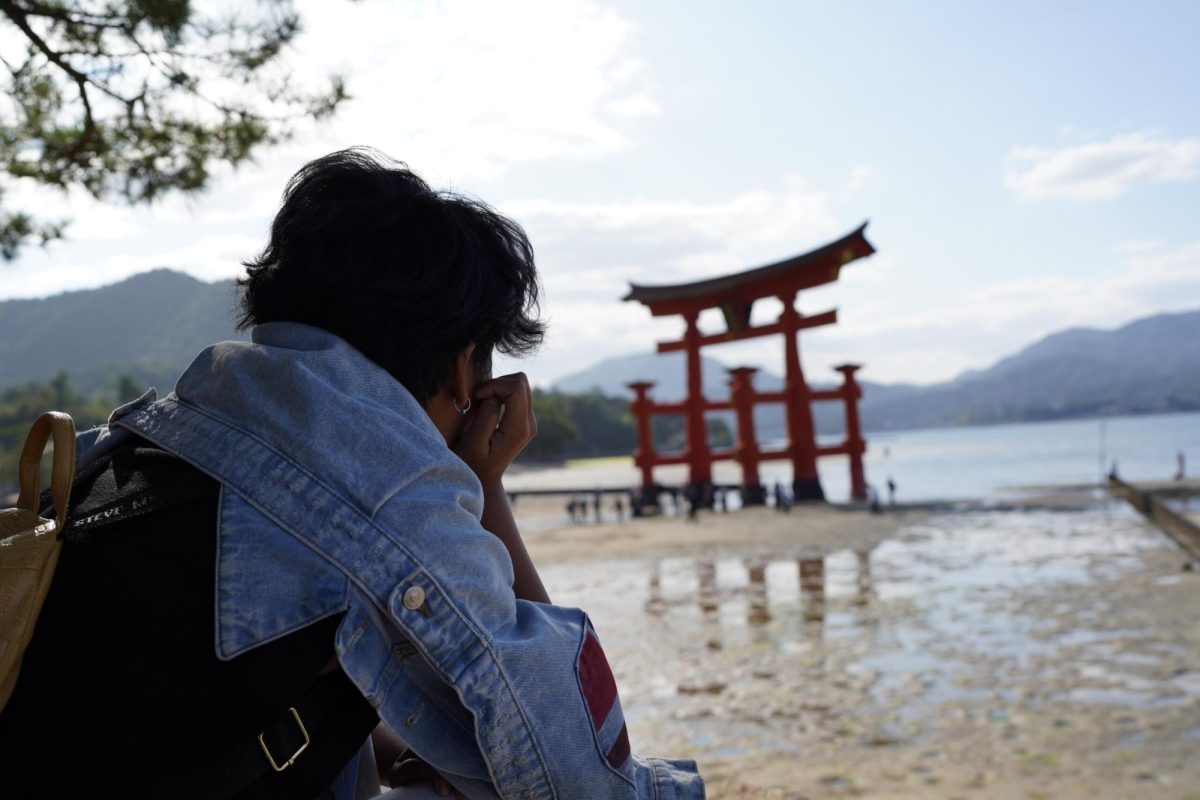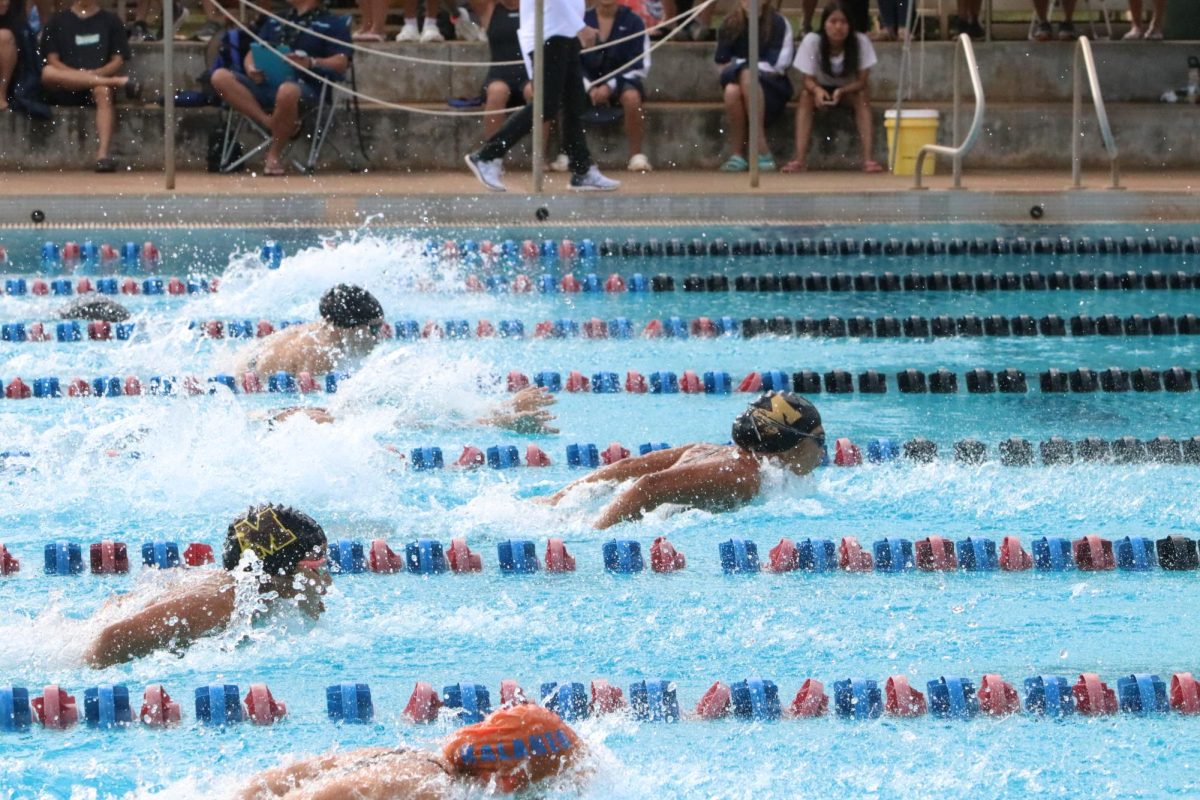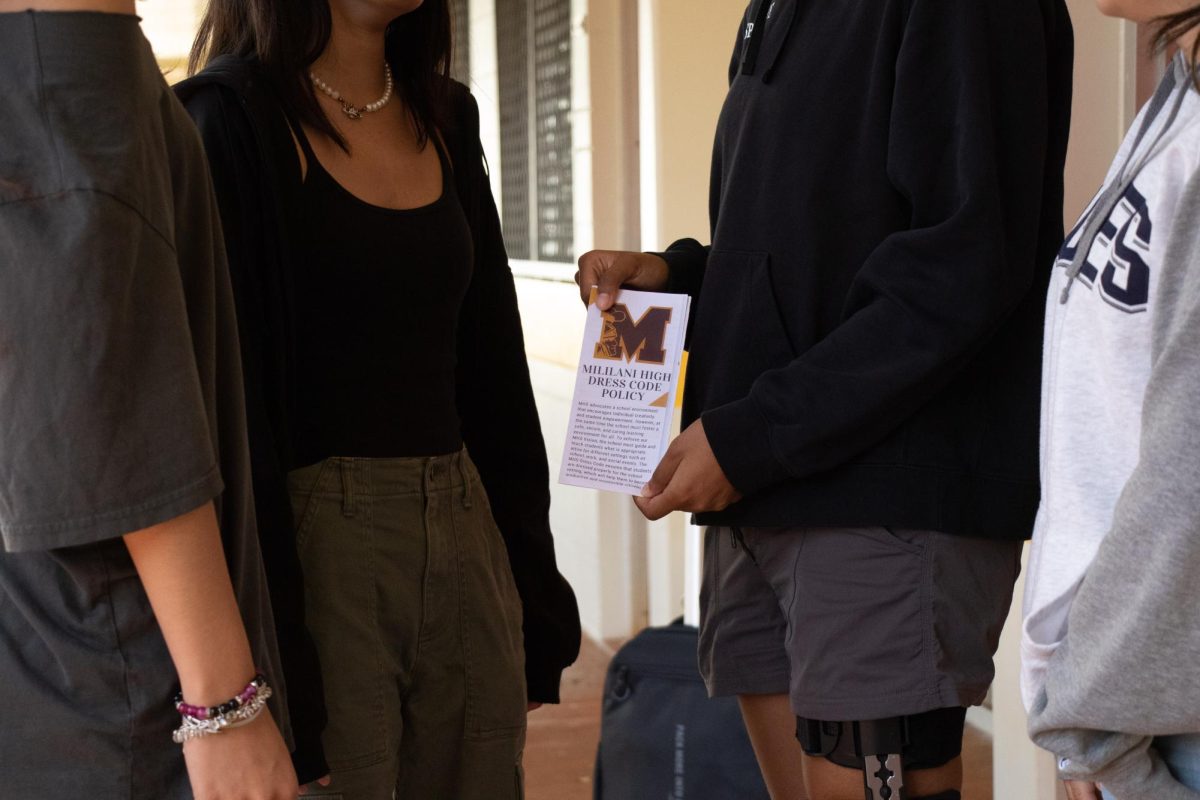Post-War, The Nisei Legacy Lives On
February 16, 2023
Hawaii is home to the legacy of Nisei veterans. Nisei refers to the American-born children of immigrants from Japan. Many served in WWII, proving their loyalty to America, despite facing internment, prejudice, and persecution from the same country they sacrificed to protect.
Mililani High School Social Studies teacher Micah Benavitz recognizes the key part played by these veterans in history. Benavitz has directed efforts towards implementing a brand new lesson plan, developed by the Japanese Cultural Center of Hawaii, and titled “Can Hawai’i Aloha Spirit Survive a War?” into curriculums nationwide. The curriculum itself will feature both primary and secondary sources that will provide students with insight on the 442nd, 100th battalion, military intelligence service, and the 552 artillery field battalion, all widely featuring the Nisei veterans in the height of their service.
Although students are exposed to different curriculums each year, Benavitz’s educational development hits home for those who had grown up in Hawai’i and especially those of Japanese origin. But students of all origins can find ways to relate to the lesson plan.
“I think it’s more impactful in the sense of teaching it in the classroom, because the story can be related to the 21st century and current events,” said Benavitz. “If you go to the East Coast since February there have been incidents where Russian Americans have been harassed just because of their ethnicity and they have nothing to do with the war or even post 9/11 with Islamophobia. So, there are connections with what happened almost 80 years ago and what’s happening today.”
Benavitz initially was approached by the Japanese Cultural Center of Hawaii with this curriculum, but entering the beta testing phase with the plan has led to new developments. One of these changes included Benavitz developing a new curriculum pertaining to the 552 artillery field battalion, something he’s been refining for the past 6 months.
“History comes alive when you show videos not just documentaries but the actual interviews of the individuals. I take it a step further where I show, for example, photos or Google Maps and Google Earth to give them a better understanding of the challenges or geographically where they fought,” said Benavitz.
In addition, his classroom was also filmed by NHK, a Japanese broadcasting company. This exposure is welcomed, as one of the main challenges of more widespread implementation includes promotion of the program, and getting information out. Other efforts towards promotion have been made, which includes Benavitz’s speech at the Nisei Veteran Legacy Organization banquet. The theme of the event was “Beyond the Battlefield- The Next Generation.”
“One of the biggest concerns is that a lot of these veterans are passing away and we are going to be losing that primary source very very soon,” said Benavitz. “I was just explaining to (students) why I was doing it, the importance of it, the importance of preserving the legacy, what is the legacy- and that’s kind of a compelling question to the students. What is the legacy of these veterans, in particular these Nisei veterans?”
There are a variety of organizations dedicated to preserving the memory of Nisei veterans. The JCCH, NVL, as well as the brothers and sisters of the 442, and the 100th battalion club in Downtown Honolulu. You can check their sites out to learn more about the Nisei Veteran Legacy, or see the curriculum for itself at the Japanese Cultural Center Hawaii website: https://www.jcch.com/lesson-plans




